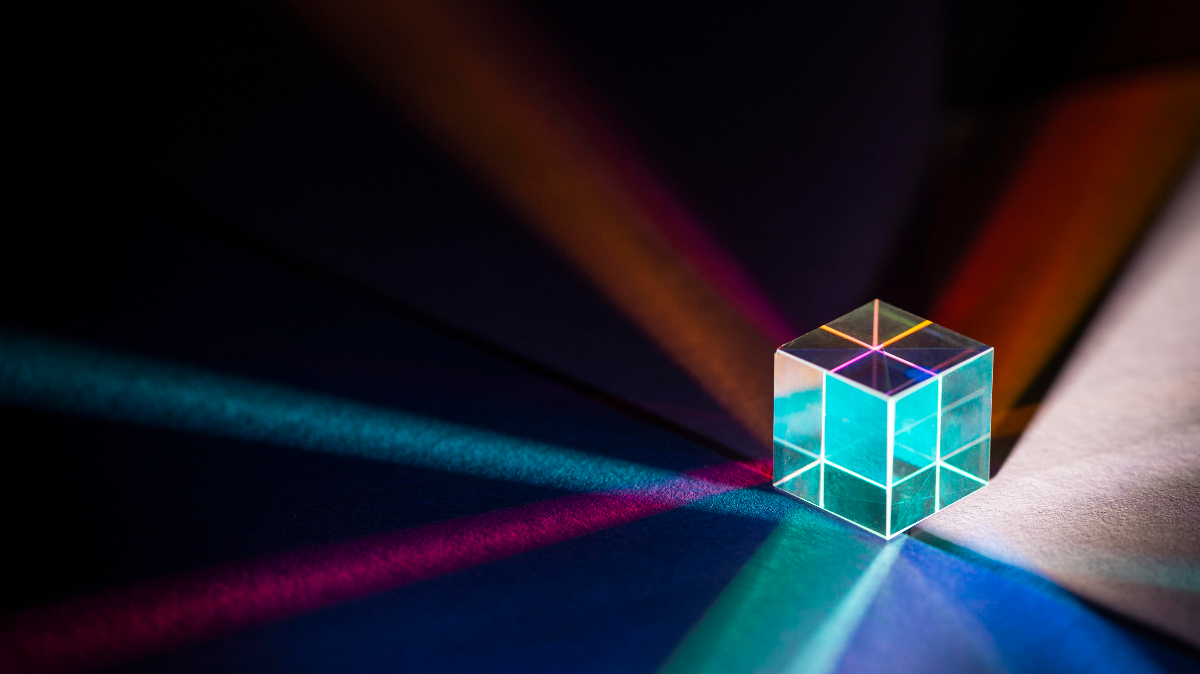Spectrometry is the study of light-matter interactions and the reactions to and measurements of radiation intensity and wavelength. In short, spectrometry is a technique for examining and measuring a specific spectrum, and it’s commonly utilized in the spectroscopic investigation of sample materials.
Mass spectrometry is a spectrometry that uses the mass-to-charge ratio to determine the mass of a chemical sample. This is commonly accomplished by ionizing particles with a shower of electrons, then separating them into different phases of deflection using a magnetic field. Once the particles have been separated, they are measured using an electron multiplier, and the mass of each ion can be used to determine the sample’s composition. Depending on the application, scanning electron microscopes usually have spectrometry options.
What Are The Common Application of Spectrometry In Modern Technology
Before we get into common uses of spectrometry, note that scientific terms are frequently interchanged. Besides, scientifically recognized descriptions are constantly modified and reinterpreted, resulting in scientific misunderstanding. In this scenario, you’ll need to know the difference between Spectroscopy and spectrometry, which aren’t the same thing despite their similarities.
When most people think of spectrometry, they see it being used in biomolecular research. This is since the spectrometry employed in MALDI and ESI techniques is significantly gentler than previous ionization methods. Unfortunately, the proteins they’re trying to measure are frequently shattered by these harsher procedures. However, mass spectrometry does not provide new insights into biosciences. However, spectrometry can be used for more than just that. In current technology, there are six common uses for spectrometry.
1. Looking For Toxins In Toothpaste
DEG, a poisonous chemical used as a sweetener, is found in several kinds of toothpaste. Although the component is prohibited, it is difficult to enforce the prohibition because toothpaste is difficult to test. It is possible, but it will take a long time.
Huan wen Chen, a Chinese scientist, has devised a method for rapidly searching for poisons using mass spectrometry. This spectrometry method should also apply to analyzing other viscous liquids such as pharmaceuticals, biotechnology, different foods, and chemicals.
2. Detecting Cancer
During surgery, the MasSpec Pen, a hand-held gadget that links to a mass spectrometer, detects malignant tissue. A probe on the device can absorb molecules from human tissue and send them to a mass spectrometer brought into the operating room.
The ambient ionization MS approach uses molecular analysis to determine whether tissue regions are malignant and should be surgically removed in a couple of seconds. The gadget can also sample tissue without damaging it, which gives it an advantage over a similar device called the iKnife, which employs electrocauterization to produce tissue damage.
3. As Forensic Detectors
Compact mass spectrometry equipment is used in the detector sensors found at airports. They’re employed as border security checks to identify illegal substances, explosive compounds, and exotics and confirm drug misuse. MS can easily detect steroid abuse, particularly in athletes and celebrities.
In forensic investigations, MS is extremely useful in identifying the suspect’s barely detectable traces. In addition, MS is used in toxicology investigations to identify potential poisons by evaluating blood samples. This will aid in determining the toxic dose in the blood of victims and the time and manner of death.
4. Used In Breath Analyzers
Most breathalyzers use a semiconductor oxide sensor, a fuel cell sensor, or an infrared spectrometer to measure Blood Alcohol Content (BAC), which is the amount of alcohol in a person’s blood.
Large, table-top breathalyzers are commonly found at police stations and use infrared spectrometry. Spectrometers use infrared light to identify compounds. The amount of ethanol in a sample is isolated and analyzed, and the alcohol level of a subject is then calculated.
5. For Newborn Screening
Clinical laboratories can keep up with the screening of millions of infants for dozens of diseases thanks to mass spectrometry. Allowing doctors to identify babies at risk of curable illnesses early enough to confirm the diagnosis and intervene to change the disease’s clinical trajectory.
6. Detection Of Antibiotic Resistance
Antibiotics save lives, but they can induce adverse effects and lead to antibiotic resistance whenever they are used. A direct-on-target microdroplet growth assay based on matrix-assisted laser desorption/ionization time-of-flight mass spectrometry (MALDI-TOF MS) has been developed for quick detection of antibiotic resistance in clinical microbiology.
The MALDI ionization process is utilized in conjunction with various mass analyzers. Still, due to its pulsed nature, it is particularly well suited to the time of flight analyzers (laser pulses). Peptides, bigger proteins, carbohydrates, lipids, and various other substances can all be analyzed with this technology.
It’s a common misconception that spectrometry is a large piece of equipment and that sample analysis using this approach is difficult and time-consuming. Spectrometry devices are, in actuality, simple to use, compact, adaptable, accurate, and quick. The applications listed above are only a few; with current technological advancements, there are many more.

